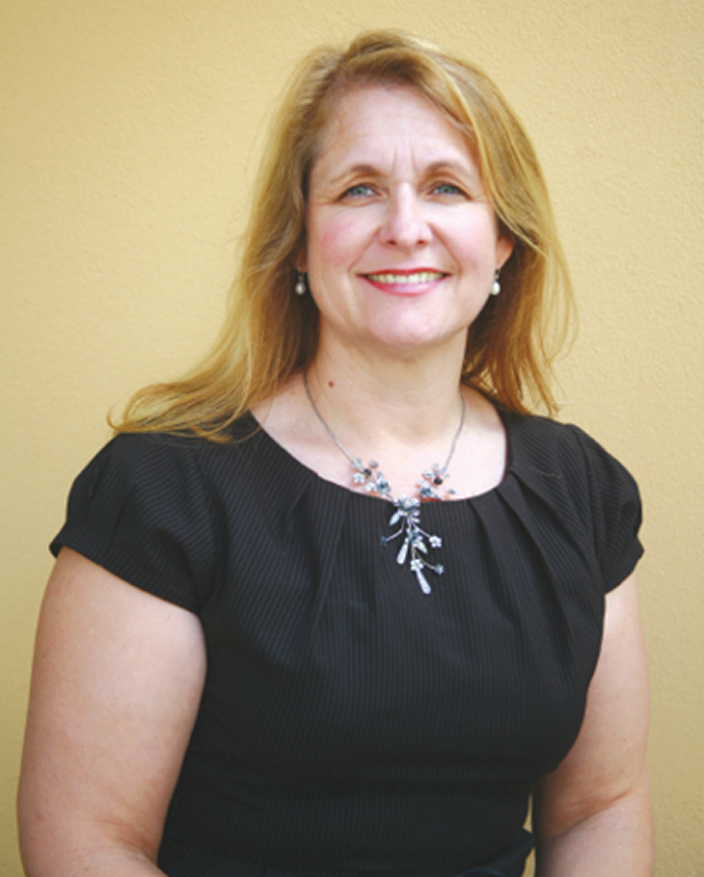
Queensland early childhood teachers are well placed to report suspected instances of child harm. However, many educators are unaware of the legal and reporting frameworks in place, Bedrock Journalist Elise Cuthbertson writes.
In some states, there is no legal requirement for early childhood education services or their staff to report incidents of suspected child harm or abuse that are occurring outside the service. However, the overwhelming majority of child abuse takes place inside private residences.
Early childhood teachers, given their regular day to day interaction with children, are urged to report suspected incidents of child harm or abuse. Child protection laws enable any person to report such suspicions and protect any person making a report from liability, including defamation.
How to report suspect child harm or abuse
For children that teachers suspect to be in immediate or life threatening danger, teachers should contact emergency services by dialling Triple Zero.
For non life threatening instances of suspected child harm or abuse, teachers should make contact with their relevant state department responsible for child safety.
How to recognise and document suspected child harm or abuse
Warning signs that a child may be experiencing harm or abuse can be emotional and/or physical. Emotional behavioural warning signs may include: distrust of adults, behaviours like rocking, sucking or biting excessively or wetting or soiling the bed. Physical warning signs may include the child being seemingly accident prone and the presence of unexplained injuries such as welts, burns or bruising. The Queensland Department of Communities, Child Safety and Disability has issued advice about how teachers can recognise and document the warning signs that a child may be experiencing, or at risk of experiencing, abuse or harm.
If you suspect a child has been harmed, or is at risk of being harmed, it is important to:
•be alert to any warning signs
•observe the child and make written notes as soon as you begin to have concerns—pay attention to changes in their behaviour, ideas, feelings and the words they use
•have gentle, non-judgmental discussions with the child
•not pressure the child to respond and not ask questions that put words into a child’s mouth
•assure the child they can come and talk to you when they need to, and
•contact the relevant department for expert advice.
Spotlight on prevention
Protective education programs are an important step in preventing child harm and abuse. Such programs place emphasis on establishing a safe culture for children and adults by encouraging communication and ensuring children are supported when they feel unsafe.








































































































































